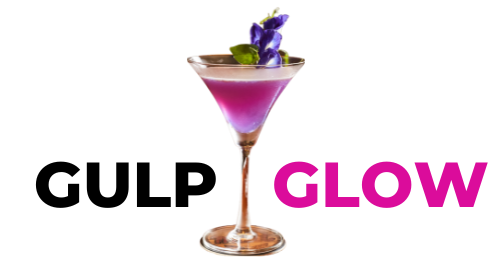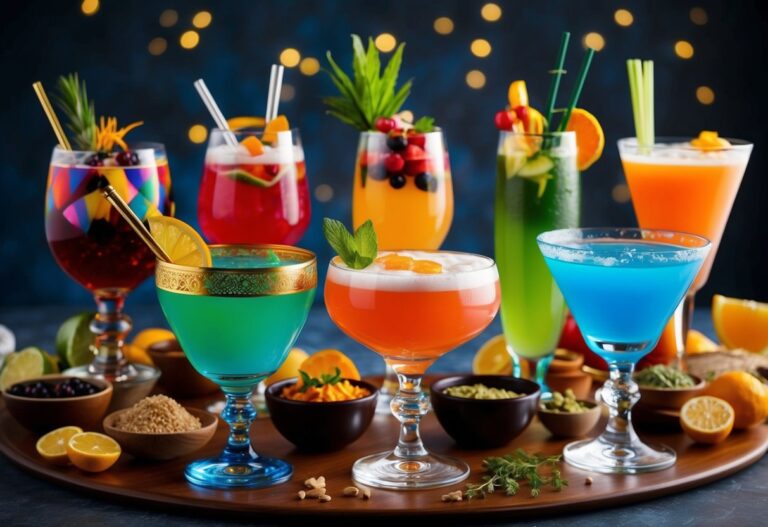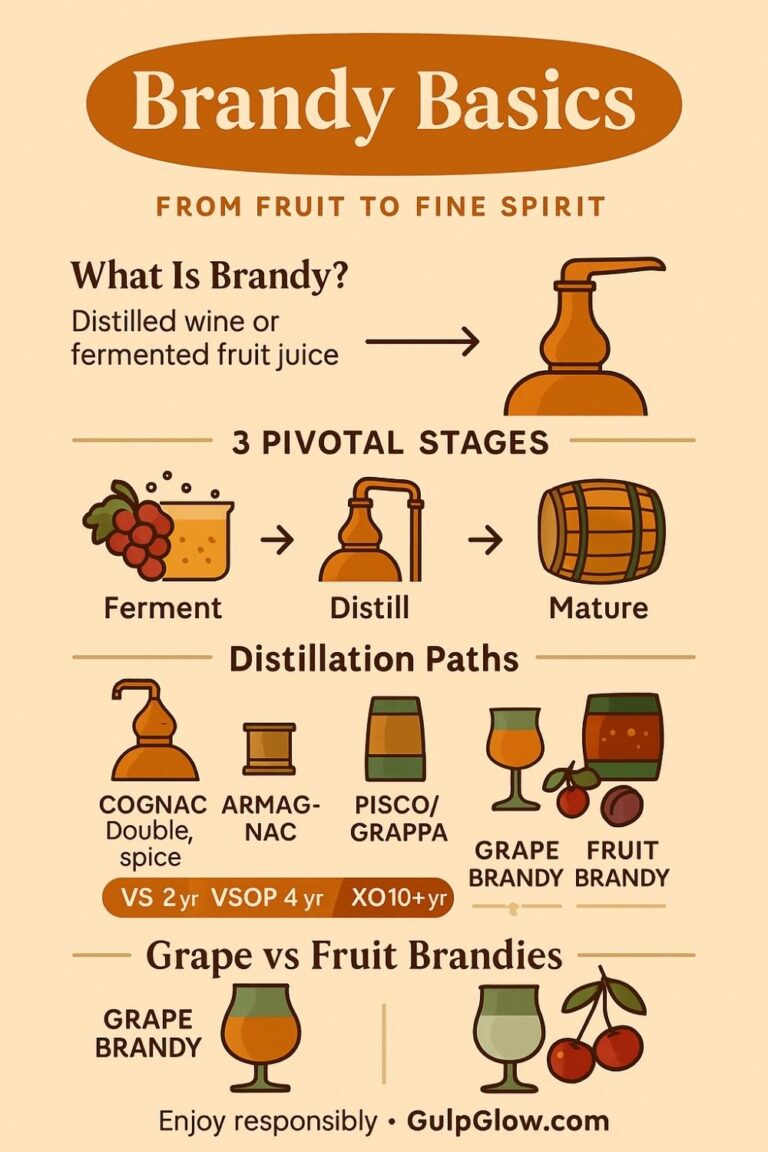Liqueurs & Cordials: The Sweet Spirits Behind Your Favorite Cocktails
Liqueurs and cordials are the unsung heroes of the cocktail world. Often overshadowed by the base spirits they support, these sweetened, flavored spirits bring complexity, character, and a touch of elegance to everything from a classic Margarita to a creamy dessert drink. Whether infused with herbs, fruits, nuts, spices, or even dairy, liqueurs can completely transform the flavor profile of a cocktail with just a splash.
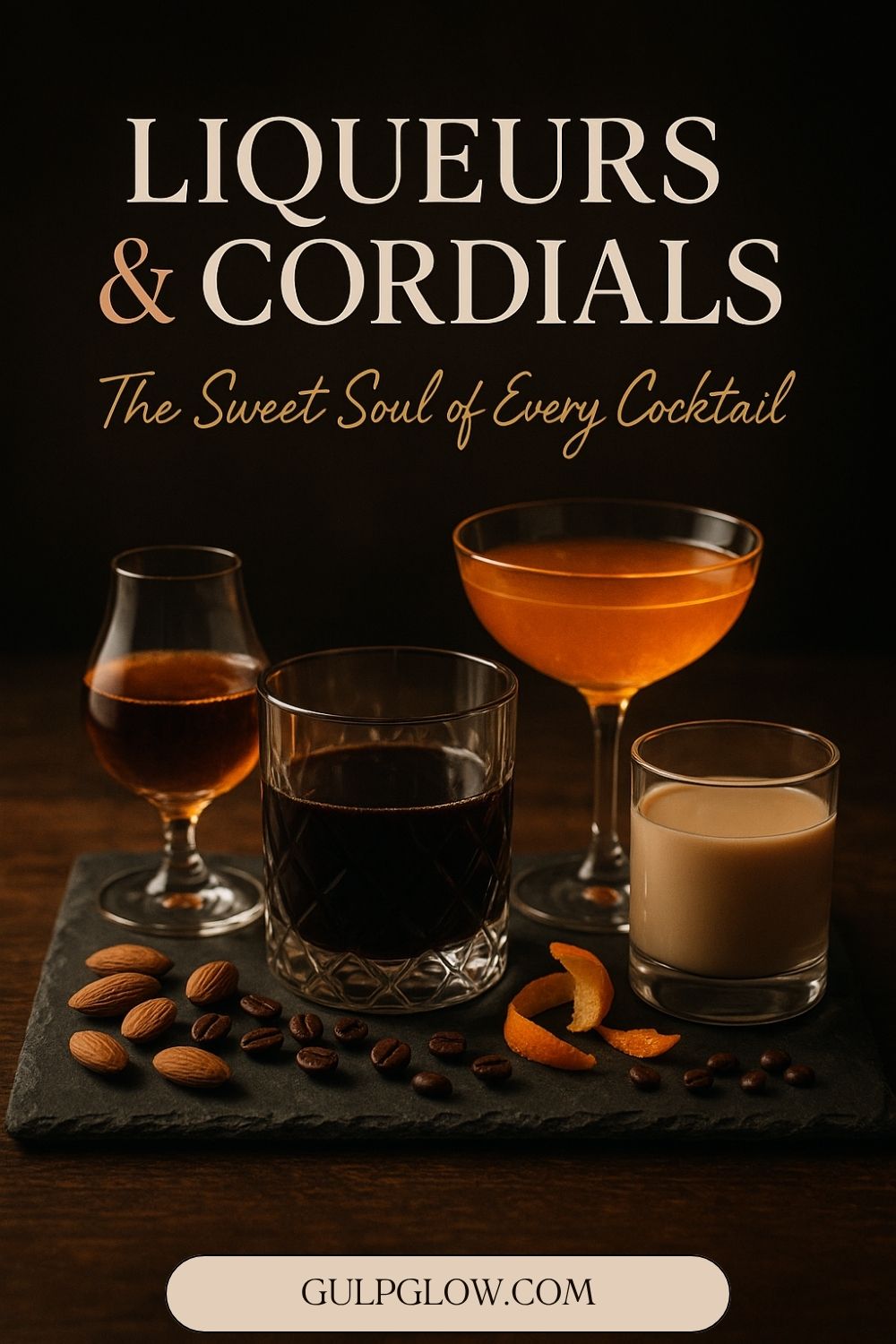
Historically used for medicinal purposes and celebratory toasts, liqueurs have evolved into essential components of both professional and home bartending. Their lower alcohol content and diverse range of flavors make them incredibly versatile—not just in drinks, but also in culinary recipes and as after-dinner sippers.
In this guide, we’ll explore the wide world of liqueurs and cordials, breaking them down by flavor profile to help you understand how each type can elevate your cocktail game. Whether you’re building your first home bar or looking to expand your repertoire, understanding these sweet spirits is your next step toward mastering mixology.
What Are Liqueurs and Cordials?
Liqueurs and cordials are far more than just sweet add-ins—they’re integral to the art of mixology. Known for their lower alcohol content and broad range of flavors, these spirits bring complexity and balance to cocktails, enhance culinary creations, and are even enjoyed neat or over ice. Understanding what defines a liqueur or cordial, and how they’re made, is the first step toward appreciating their role behind the bar.
Definitions and Origins
The terms “liqueur” and “cordial” are often used interchangeably, though “cordial” is more commonly found in British usage while “liqueur” dominates in American and European contexts. Both refer to alcoholic beverages that have been sweetened and flavored with a variety of ingredients—fruits, herbs, spices, flowers, nuts, or dairy.
Historically, these spirits were first developed by monks and apothecaries in Europe as medicinal elixirs. Infused with botanicals believed to have healing properties, early liqueurs were consumed to aid digestion, stimulate appetite, or simply soothe the spirit. Over time, these concoctions found a more pleasurable purpose, transitioning from remedies to celebratory beverages and cocktail components.
Production Basics
The crafting of liqueurs involves a few core steps. It begins with a base spirit, which may be neutral alcohol, brandy, rum, or another distilled beverage. To this, producers add flavoring agents—such as zest, berries, nuts, spices, or herbs—through infusion, maceration, or distillation. After extracting the desired flavors, the mixture is sweetened, often with sugar syrup or honey, and then filtered and bottled.
Cream liqueurs undergo an additional process where dairy is carefully blended with the spirit to achieve a smooth, stable consistency. Modern innovations continue to evolve this category, but the essence remains the same: a spirit that highlights flavor, softness, and drinkability.
Herbal Liqueurs
Among the most historic and complex liqueurs are those based on herbs and botanicals. These spirits are often layered, aromatic, and deeply rooted in tradition—crafted with secret recipes that include dozens, sometimes hundreds, of natural ingredients. Whether sipped as a digestif or used to add depth to cocktails, herbal liqueurs offer a bold and distinctive character that stands apart.
Overview and Common Characteristics
Herbal liqueurs are typically made by infusing a base spirit with a carefully balanced blend of herbs, roots, barks, flowers, and spices. Some recipes are centuries old and guarded closely by the families or monks who created them. These liqueurs often lean toward the bitter or medicinal side of the flavor spectrum, though many are sweetened to balance their intensity. They are frequently consumed as digestifs due to their reputed digestive benefits.
Color can range from deep green to amber or even jet black, depending on the ingredients used. Alcohol content also varies widely, with some clocking in at over 50% ABV, while others are more moderate.
Popular Types and Uses
Chartreuse is one of the most famous and mysterious herbal liqueurs. Produced by Carthusian monks in France since the 18th century, it contains over 130 herbs and is available in both green (stronger and more intense) and yellow (milder and sweeter) versions. It’s often used in classic cocktails like the Last Word or enjoyed neat.
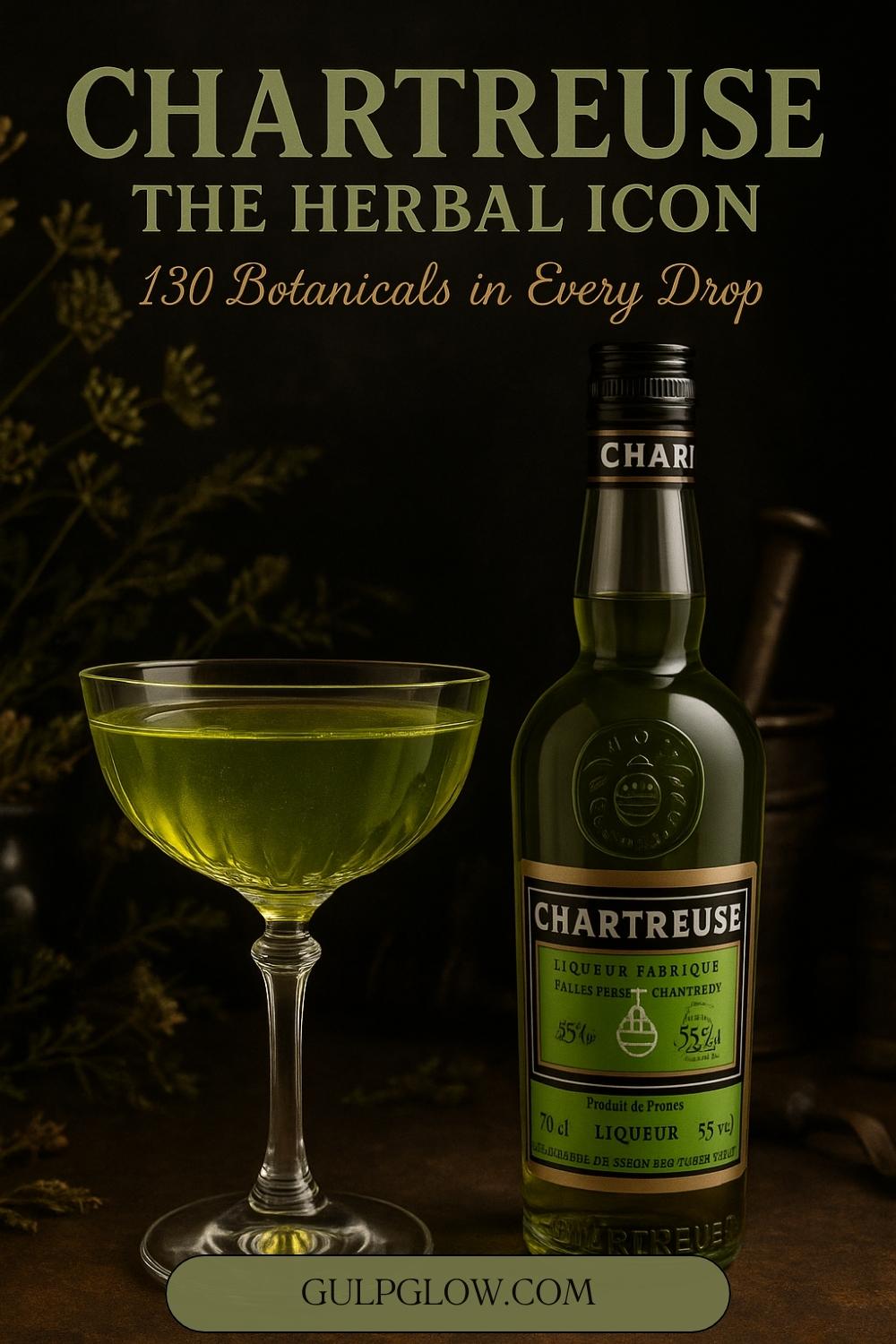
Jägermeister, a German herbal liqueur, is known for its bold flavor profile and thick, syrupy texture. Often associated with party shots, it actually pairs well in complex cocktails when balanced correctly.
Amaro, an Italian category of bittersweet herbal liqueurs, is exceptionally diverse. Varieties range from light and citrusy to dark and intensely bitter. Popular examples include Averna, Montenegro, and Fernet-Branca. Amari are widely used in low-alcohol spritzes or taken as a post-meal digestif.
Serving Suggestions
Herbal liqueurs shine both as sipping spirits and as cocktail components. Chartreuse is often used sparingly due to its potency, while amari are increasingly favored in modern mixology for their versatility. Try a splash of amaro in a Negroni to replace sweet vermouth, or sip it over ice with an orange twist. When serving neat, a small chilled glass is ideal to highlight their aromatic complexity.
Nut-Based Liqueurs
Nut-based liqueurs bring warmth, richness, and a dessert-like decadence to the world of spirits. Their sweet, toasty flavor profiles make them particularly appealing in after-dinner drinks, cozy cocktails, or even drizzled over desserts. Whether derived from hazelnuts, almonds, or apricot pits, these liqueurs offer smooth, nutty complexity that pairs beautifully with cream, chocolate, and coffee.
Overview and Common Characteristics
Crafted by infusing a base spirit with real or natural nut essences, these liqueurs are sweet, full-bodied, and often have a slightly oily or creamy texture. Some incorporate roasted nuts or nut pastes, while others use extracts or distillations. Despite their richness, they tend to be easy drinkers—smooth, aromatic, and comforting.
These liqueurs are most commonly associated with hazelnuts and almonds, though pistachio and walnut-based versions also exist. While often served in small amounts, their flavor is powerful enough to stand out in cocktails, coffee, and culinary applications.
Popular Types and Uses
Frangelico is one of the most recognizable nut-based liqueurs, made from toasted hazelnuts blended with cocoa, vanilla, and other flavorings. Originating from Italy, it’s notable not only for its nutty, praline-like flavor but also for its bottle—shaped like a monk in a robe. Frangelico works well on its own, over ice, or paired with coffee or cream liqueurs.
Amaretto, typically made from almonds or apricot kernels, offers a rich, sweet profile with a slightly bitter edge. The most famous version, Disaronno, is often used in cocktails like the Amaretto Sour or added to desserts for an almond boost. It’s also a popular baking ingredient, frequently found in Italian pastries and cookies.
Serving Suggestions
Nut-based liqueurs are most often enjoyed as digestifs, served straight or on the rocks. They also mix beautifully with cream or chocolate liqueurs for dessert-style cocktails. Try adding a splash of Amaretto to hot chocolate or a Frangelico float in a White Russian for a cozy twist. For a more refined take, combine either with espresso and a dusting of cinnamon to create an elegant, nutty nightcap.
Citrus Liqueurs
Bright, zesty, and refreshing, citrus liqueurs are some of the most essential and versatile components in a bartender’s arsenal. They bring a lively acidity and aromatic sweetness that can brighten up cocktails or provide balance to heavier ingredients. From the dry elegance of triple sec to the deep richness of orange liqueurs blended with brandy, these liqueurs are foundational to many classic and contemporary drinks.
Overview and Common Characteristics
Citrus liqueurs are typically made by infusing alcohol with the peels or zest of oranges, lemons, or other citrus fruits. Unlike fruit juices, which are tart and pulpy, these liqueurs capture the aromatic oils of citrus, delivering a clean and fragrant flavor. They range in sweetness and alcohol content, and while most are orange-based, there are also versions made from lemons, mandarins, and other citrus varieties.
These liqueurs play a crucial role in balancing cocktails—adding not just sweetness, but also acidity and a refreshing finish that lifts the entire drink.
Popular Types and Uses
Cointreau is a premium French orange liqueur known for its crisp, clean orange flavor and high clarity. With a higher alcohol content than many competitors, it’s a staple in cocktails like the Margarita, Cosmopolitan, and Sidecar. It’s often considered the gold standard among triple secs.
Triple Sec, originally a generic term for “triple distilled dry orange liqueur,” now refers to a wide range of orange-flavored liqueurs. Cheaper versions are commonly used in bars, while higher-end brands offer more refined flavors. It’s a workhorse in many mixed drinks, from Long Island Iced Teas to fruity martinis.
Grand Marnier blends Cognac with bitter orange essence, giving it a richer, deeper profile than Cointreau. It’s ideal for cocktails that benefit from added body and warmth, like Cadillac Margaritas or spiked hot chocolates. It also performs beautifully in baking and flambé dishes like crêpes Suzette.
Serving Suggestions
Citrus liqueurs are often used in small amounts to enhance cocktails, but they can also shine solo. Grand Marnier, for instance, is lovely served neat or in a snifter as an after-dinner drink. For something refreshing, try Cointreau over ice with soda and a twist of lime. In cocktails, they provide brightness and balance, making them indispensable in both sour-style drinks and layered, complex recipes.
Fruit-Based Liqueurs
Fruit-based liqueurs are vibrant, colorful, and bursting with the natural sweetness and tang of ripe fruits. They span a wide flavor spectrum—from rich berry and stone fruit to exotic tropical notes—and are often used to add a fruity accent or focal point in cocktails. Their bold flavors and striking hues make them popular for both mixology and dessert applications.
Overview and Common Characteristics
Unlike citrus liqueurs, which focus on zest and oils, fruit-based liqueurs draw flavor from the whole fruit—juice, pulp, or even skin—resulting in rounder, juicier profiles. Some are syrupy and sweet, others more tart or floral, depending on the fruit and production style. They can be used to add color, body, or a subtle fruit undertone to both simple and complex cocktails.
These liqueurs are often lower in alcohol and are typically enjoyed in moderation as they can easily overpower a drink if not balanced well.
Popular Types and Uses
Chambord is a luxurious black raspberry liqueur from France, made with raspberries, blackberries, vanilla, honey, and Cognac. Its deep purple color and rich flavor make it ideal for enhancing champagne cocktails or dessert-style martinis. It’s also used in the iconic French Martini.
Midori, a bright green melon liqueur from Japan, has a distinctly sweet, honeydew-like flavor that’s both playful and nostalgic. Often associated with retro or tropical cocktails, Midori adds bold visual appeal and a sweet, fruity burst to drinks like the Midori Sour or the Japanese Slipper.
Crème de Cassis is a blackcurrant liqueur with French origins, famous for its role in the Kir and Kir Royale. It has a dark, tart-sweet profile that pairs beautifully with sparkling wine, dry white wine, or even gin for a subtle berry twist.
Serving Suggestions
Fruit-based liqueurs are typically served in small amounts to accentuate a base spirit or lighten sparkling drinks. Chambord, for instance, pairs beautifully with prosecco or champagne for a festive toast. Midori works well in tropical, citrus-forward drinks, especially when balanced with sour components. For a simple yet sophisticated option, a splash of Crème de Cassis in a glass of dry white wine is elegant and easy.
These liqueurs also excel in culinary use—drizzled over cakes, folded into whipped cream, or used in fruit-forward sauces and reductions.
Coffee and Chocolate Liqueurs
Rich, indulgent, and irresistibly smooth, coffee and chocolate liqueurs offer a luxurious way to enjoy two of the world’s favorite flavors. These liqueurs are especially popular in dessert cocktails and after-dinner drinks, where their deep, roasted tones create a comforting and decadent experience. They also pair beautifully with cream, spices, and robust spirits like vodka, rum, and whiskey.
Overview and Common Characteristics
Coffee and chocolate liqueurs are made by blending a base spirit—often rum or neutral grain alcohol—with either brewed coffee, cocoa extracts, or both, along with sugar and other flavoring agents. The result is a thick, aromatic spirit that delivers pronounced notes of espresso, mocha, vanilla, or dark chocolate. Some are cream-based, while others are more concentrated and syrup-like.
These liqueurs typically fall on the sweeter side and can range from smooth and mellow to bold and bittersweet, depending on the brand and recipe.
Popular Types and Uses
Kahlúa, originating from Mexico, is one of the most well-known coffee liqueurs. It combines rum, arabica coffee, and vanilla, offering a velvety and slightly spiced profile. It’s a foundational ingredient in iconic cocktails like the White Russian, Espresso Martini, and Black Russian.
Tia Maria, also coffee-based but with a slightly lighter, more floral character, is made with Jamaican coffee beans, rum, and vanilla. It’s often used in similar applications to Kahlúa but can bring a more refined edge to cocktails and desserts.
Mozart Chocolate Liqueur, an Austrian creation, is a standout in the chocolate category. Available in dark, milk, and white chocolate variants, it combines premium cocoa with spirits and cream (depending on the version) for a drink that feels like liquid dessert. Ideal for sweet cocktails or even drizzled over ice cream.
Serving Suggestions
These liqueurs shine in cocktails that emphasize richness and depth—try mixing Kahlúa with vodka and fresh espresso for a sharp Espresso Martini, or blending Mozart with Baileys for a creamy after-dinner treat. They also pair wonderfully with hot drinks; add a splash to coffee or hot chocolate for a warming, adult upgrade.
Beyond drinks, they serve as fantastic dessert enhancers—used in tiramisu, chocolate sauces, or as a flavoring for whipped cream and baking.
Cream Liqueurs
Cream liqueurs are smooth, rich, and indulgent—designed to deliver comfort and luxury in every sip. By blending dairy cream with alcohol and additional flavorings, these liqueurs achieve a velvety texture and dessert-like quality that makes them ideal for sipping, mixing, or even culinary use. They are particularly popular in colder months or festive occasions, but their versatility makes them a year-round favorite.
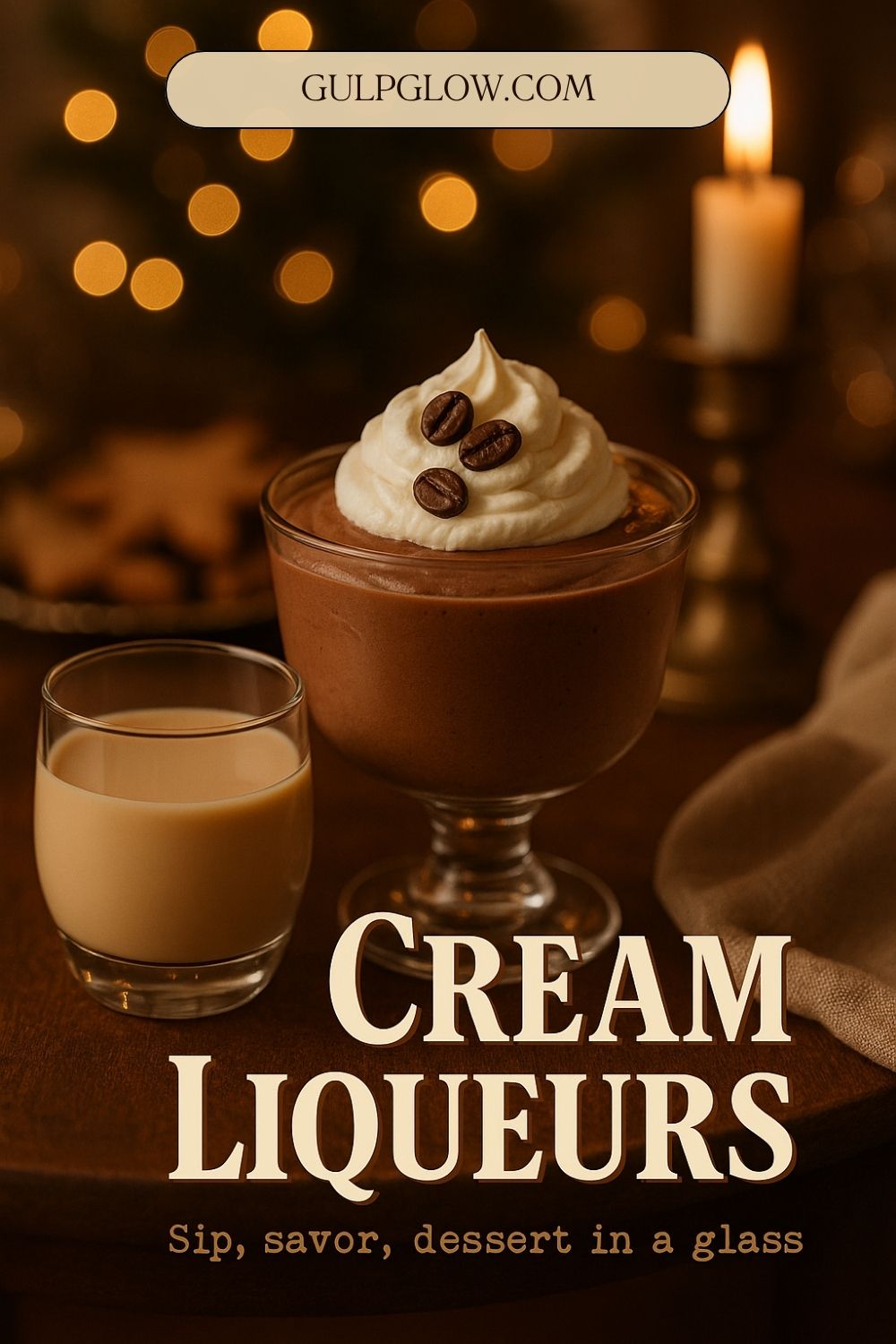
Overview and Common Characteristics
Cream liqueurs combine real dairy cream with a spirit base (typically Irish whiskey, rum, or neutral grain spirit), along with sugar and flavor enhancers like cocoa, vanilla, or fruit extracts. The result is a shelf-stable, emulsified liqueur that offers a smooth mouthfeel and mild sweetness.
These liqueurs are typically lower in alcohol—usually around 15–20% ABV—and are known for their rich, mellow profiles. They’re often consumed on their own but also pair beautifully with coffee, desserts, and other liqueurs in creamy cocktails.
Popular Types and Uses
Baileys Irish Cream is the most iconic example, combining Irish whiskey and cream with chocolate and vanilla notes. It’s widely used in cocktails like the Mudslide or simply served over ice. Baileys has also expanded into flavor variations like salted caramel, espresso, and almond milk for dairy-free options.
Amarula, from South Africa, is made from fresh cream and the fruit of the marula tree. It has a unique, tropical character—slightly fruity, nutty, and caramelized—that sets it apart from other cream liqueurs. It’s particularly enjoyable as a sipping liqueur or poured over ice cream.
Other notable cream liqueurs include RumChata (rum and horchata-inspired), Tequila Rose (strawberry cream with tequila), and Mozart Cream Liqueurs (blending chocolate with cream for dessert-style richness).
Serving Suggestions
Cream liqueurs are incredibly versatile. They can be served chilled and neat, over ice, or added to hot coffee or cocoa for a luxurious twist. In cocktails, they pair well with nut, coffee, and chocolate liqueurs to create decadent drinks like the B-52 or Baby Guinness. They also shine in desserts—incorporated into cheesecakes, milkshakes, or as a drizzle over cakes and puddings.
When storing cream liqueurs, refrigeration is often recommended after opening, especially in warmer climates, to preserve freshness and texture.
Other Unique Liqueurs
Some liqueurs defy traditional categorization. They blend diverse flavor elements, represent unique regional traditions, or serve specific roles in cocktails that set them apart from fruit, nut, cream, or herbal varieties. These specialty liqueurs often add an unexpected twist to drinks, making them favorites among creative bartenders and adventurous drinkers.
Overview and Common Characteristics
This catch-all category includes liqueurs that feature spices, exotic roots, vanilla, honey, or blended flavors not easily classified. Many of these liqueurs have a storied history, rooted in specific cultural or culinary contexts. Though they may not be as widely recognized as citrus or cream-based spirits, they are essential to certain cocktails and prized for their distinctiveness.
Often more aromatic or spiced, these liqueurs tend to stand out even in small amounts, offering unique depth and intrigue.
Popular Types and Uses
Falernum is a Caribbean liqueur typically made from rum, lime zest, almond, cloves, and other spices. It can be syrupy or alcoholic, and it plays a key role in tiki and tropical cocktails. Its complex mix of sweet, citrus, and spice makes it a secret weapon in rum-based drinks like the Zombie or Corn ‘n’ Oil.
Drambuie is a Scottish liqueur that blends aged Scotch whisky with heather honey, herbs, and spices. Rich and warming, it’s best known as the essential ingredient in the Rusty Nail, where it softens the sharp edges of Scotch with sweetness and herbal depth.
Galliano, an Italian liqueur with a bright golden hue, is flavored with vanilla, star anise, and over 30 herbs and spices. It has a slightly licorice-forward profile and is most famously used in the Harvey Wallbanger cocktail, where it adds aromatic complexity to vodka and orange juice.
Other niche entries might include liqueurs like Strega (Italian herbal liqueur with saffron), Bénédictine (a blend of 27 botanicals), or Pimm’s No. 1 (a gin-based fruit cup with spice).
Serving Suggestions
These liqueurs are typically used as modifiers—meant to accent rather than dominate a drink. Falernum works well in small quantities to add tropical spice; Drambuie can be sipped neat or mixed with Scotch; Galliano benefits from pairing with citrus or being layered for visual effect.
In the kitchen, their bold flavors make them excellent for glazes, reductions, or even unique ice cream bases. A few drops can turn a simple drink or dessert into something unforgettable.
How to Store and Use Liqueurs
Understanding how to properly store and use liqueurs ensures they retain their flavor, freshness, and character over time. Unlike high-proof spirits, many liqueurs contain sugar, dairy, or fruit components that can degrade if not handled correctly. Whether you’re building a home bar or already have a collection, these tips will help you make the most of your sweet spirits.
Storage Tips
Most liqueurs are stable at room temperature when unopened, but once opened, some varieties require more care. Cream-based liqueurs like Baileys should be refrigerated after opening and consumed within six months for optimal taste and texture. Fruit and nut-based liqueurs, especially those with natural ingredients and lower alcohol content, may also benefit from cooler storage to maintain their vibrancy.
Keep liqueurs away from direct sunlight and heat, as both can degrade flavors and alter color. Store bottles upright with tightly sealed caps to prevent oxidation and preserve aromatic qualities. Liqueurs with high sugar content are less likely to spoil quickly, but they can become syrupy or crystallized over time if not stored properly.
Tips for Home Bartenders
When building a liqueur collection, consider starting with versatile staples that offer broad mixing potential—such as triple sec, amaretto, coffee liqueur, and Irish cream. These can be used in a variety of cocktails, from classics to creative inventions. Expand into more specialized liqueurs like Chambord, Falernum, or Chartreuse as you explore specific cocktail styles or flavor profiles.
Because liqueurs are potent in flavor and often sweet, use them sparingly and with balance. A small measure can drastically change the character of a cocktail. They’re also great for layering in drinks with visual appeal, such as B-52s or pousse-cafés, thanks to their density and vivid colors.
For a twist, experiment with liqueurs in non-alcoholic applications—drizzle them over desserts, add a splash to coffee or whipped cream, or use them in baking for an extra punch of flavor.
Conclusion
Liqueurs and cordials may not always take center stage, but they are the flavor architects behind many of the world’s most beloved cocktails. From the vibrant zest of citrus liqueurs to the deep richness of coffee or the soothing creaminess of dairy blends, each variety offers its own unique contribution to the craft of mixology. Their range—from herbal and nut-based to exotic and spiced—provides endless opportunities to explore, experiment, and elevate every drink.
Whether you’re a budding home bartender or a seasoned enthusiast, understanding the categories, uses, and characteristics of liqueurs opens up a world of creative possibilities. These sweet spirits don’t just add complexity—they also tell a story, one sip at a time.
So the next time you reach for a bottle behind the bar, consider what a touch of Chambord, a dash of Amaro, or a splash of Falernum can bring to your glass. With a thoughtful pour and a bit of imagination, liqueurs can transform even the simplest cocktail into something unforgettable.
